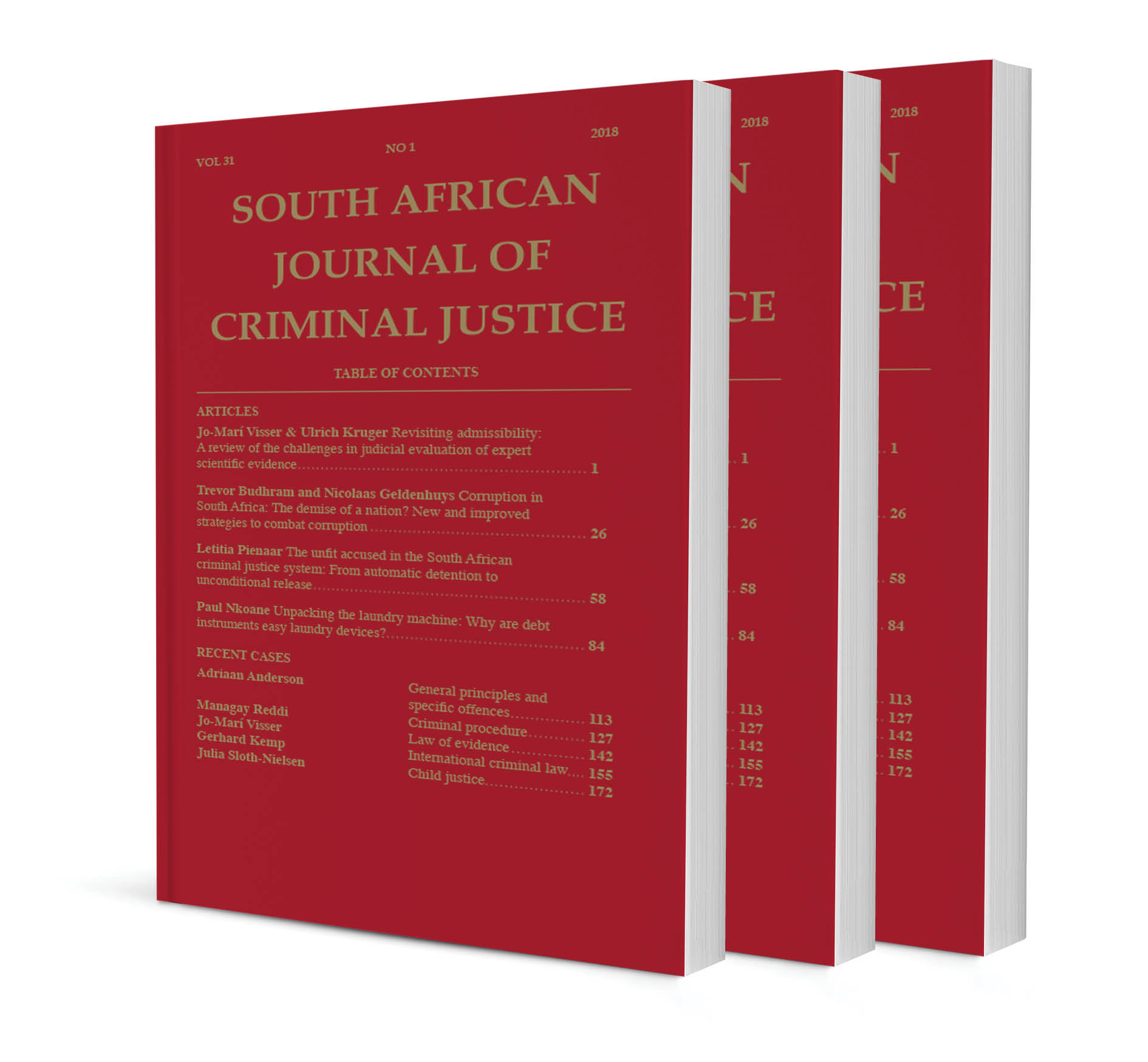Damages for injuries arising from unlawful shooting by police and other security agents: South Africa, Lesotho, Malawi, Namibia and Swaziland/Eswatini (3)

Damages for injuries arising from unlawful shooting by police and other security agents: South Africa, Lesotho, Malawi, Namibia and Swaziland/Eswatini (3)
Author: Chuks Okpaluba
ISSN: 1996-2118
Affiliations: LLB, LLM (London), PhD (West Indies), Research Fellow, Centre for Human Rights, University of the Free State
Source: South African Journal of Criminal Justice, Volume 35 Issue 3, p. 331 – 355
https://doi.org/10.47348/SACJ/v35/i3a3
Abstract
The discussion of the South African cases involving wrongful police shootings and the damages awarded in that regard formed the subject of the discussion in the first part of this series. That discussion continued in the earlier section of part (2) whereas the discussion of the experiences of Lesotho and Malawi concludes that part of the article. The current part (3) concentrates on the developments in Namibia and Swaziland/Eswatini. A perusal of the Namibian case law reveals a Namibian Supreme Court judgment in Crown Security CC v Gabrielsen 2015 (4) NR 907 (SC) where damages were awarded for the bodily injuries and deprivation of personal liberties caused by a security officer. Also discussed here are those cases of police and military officers’ shootings and assaults in Eswatini where the claimants, in many instances, failed to prove such assaults and shootings. The series ends in this last part with a conclusion.